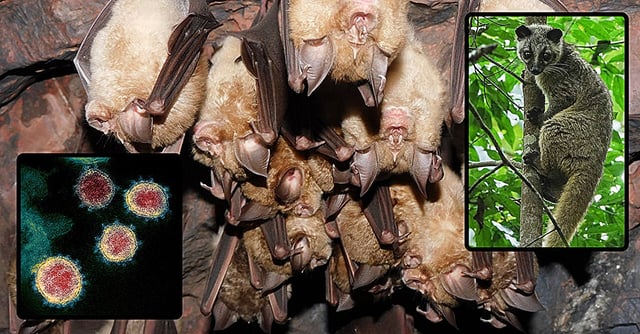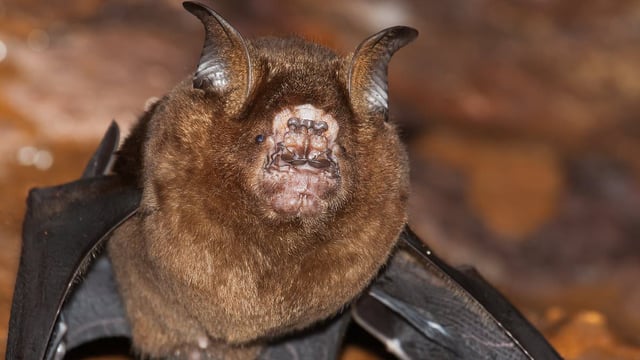Overview
- A new study published in *Cell* confirms that SARS-CoV-2 likely spread to humans through wildlife trade, mirroring the 2002 SARS outbreak.
- Researchers used non-recombining genome regions to reconstruct the evolutionary history of sarbecoviruses, avoiding the complications of genetic recombination.
- The study found that SARS-CoV-2's ancestor originated in bats in Western China or Northern Laos and traveled over 1,000 kilometers via intermediate hosts like civets or raccoon dogs.
- Horseshoe bats' limited natural range of 2–3 kilometers rules out long-distance bat dispersal as the mode of transmission.
- The findings call for expanded surveillance of bat populations to anticipate and mitigate future zoonotic threats.

